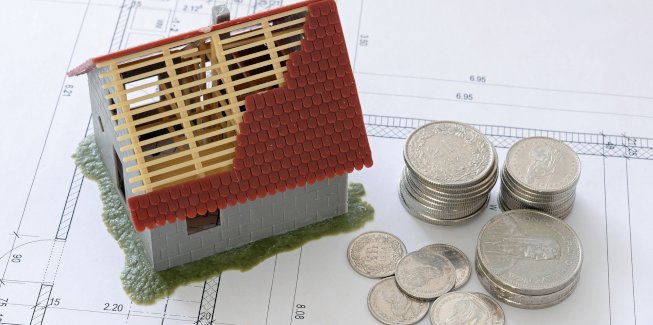While the US central bank opted for its largest interest rate hike in almost 30 years, in an effort to squash surging inflation, NAB chief economist Alan Oster said Australia was in a much better position.
The US central bank decided to raise the federal funds rate by 75 bps, to a range of 1.5 to 1.75 per cent, its largest since 1994 that will push up the cost of borrowing for home owners, businesses and other borrowers.
Speaking in a NAB webinar, Mr Oster said he expects the federal bank will move a further 75 bps over the next two months.
“We think by the end of the year, you’ll be about 3.15 to 3.5 per cent for the federal funds rate, which is quite an aggressive increase,” he said.
NAB research had predicted growth in the US would slow to zero for a couple of quarters and that had raised concerns about the implications for the world economy.
“If you can’t grow your economy much for an extended period, and unemployment is going up more than half a percent, that’s a recession,” Mr Oster said.
“We’re quite concerned about a couple of years of below average growth and what that means in Australia.”
Compare this to Australia, where despite a weak start to the year due to Omicron and the floods, there’s been a big acceleration in growth since COVID restrictions phased out.
Mr Oster said steady growth in the economy was “good news” for Australia and anticipates more growth in the near future.
“As we go through the course of this year, we see growth from December to December,” Mr Oster said.
NAB’s data shows that SMEs are doing well and bouncing back after the pandemic and mining and agriculture were the strong performers.
Retail was meeting the pre-COVID (2019) benchmarks but is still not where it should be, but the real struggles were felt in health and education, partly due to staffing, as well as the construction industry that had taken a hit.
“We’ve got a lot of builders with fixed contracts, and then [their] input costs have gone through the roof, so they’re trying to buy contracts back, threatening that if they don’t get any extra money, which they’re not entitled to, they won’t finish the contract, and you won’t have your house built,” he said.
Looking ahead, as the Reserve Bank of Australia moves interest rates faster than anticipated and inflation is on the rise, the spending in the economy is expected to ease.
The RBA is predicting inflation to reach 7 per cent, while Mr Oster tips it will reach 6 to 6.5 per cent, with core inflation numbers staying around 5 per cent for a couple of years.
“We'll get back to about 3 per cent by the end of 2023 and into 24,” Mr Oster said.
“When we look at 2023 we see two things happening that are important, the growth rate (2.7) goes down to about 1.8%.
“What we're looking for, in particular, is how the consumer behaves in this sort of environment.
“One thing that you don’t see is you don't see any liquidity impact on these increases of rates until early to middle of next year.”
[Related: Fed raises us interest rates by 75 bps]
 ;
;
